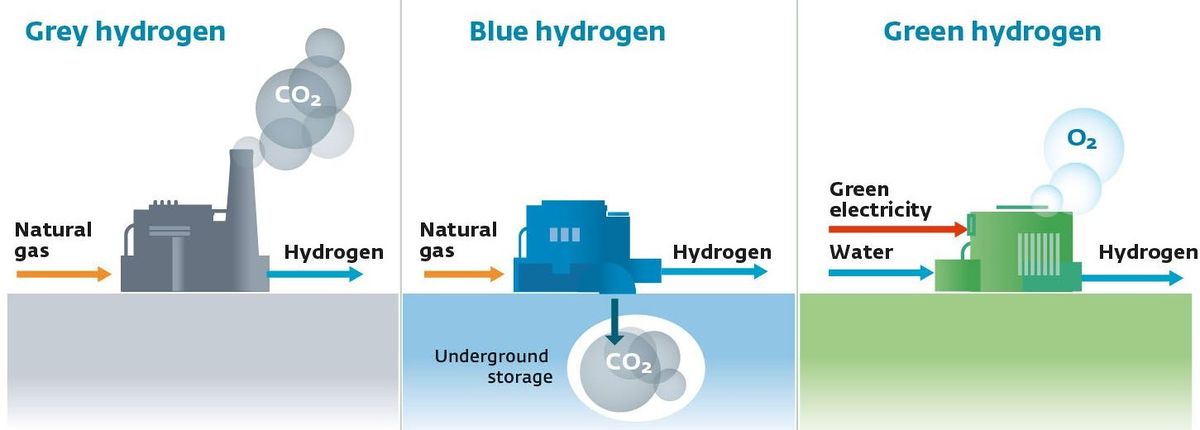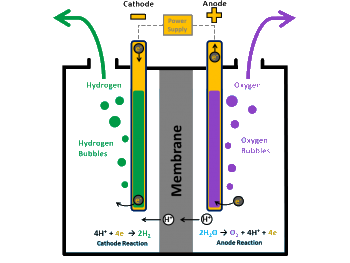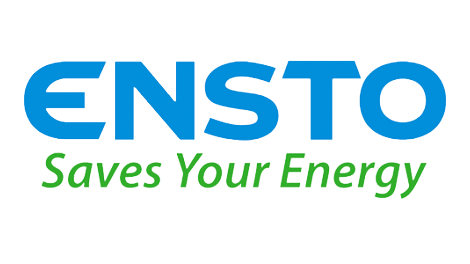Ensto – Changes in Ensto’s Board of Directors
Ute Redecker, BSc, Power Engineering, has been appointed to Ensto Oy’s Board of Directors (Ensto Board) starting on April 1, 2024.
Ute, born in 1968, is a versatile senior executive and electrical engineering professional, registered as Pr. Eng. with the Engineering Council of Namibia and the Engineering Council of South Africa, with extensive experience in Europe, Asia and Africa in the fields of power generation, sector coupling, PtX, green hydrogen, power transmission and distribution. For over three decades, Ute held several leadership positions at Siemens before leaving to focus on advising and supporting international infrastructure projects, product businesses and start-ups.
Ensto’s current Board Member, Pekka Puustinen, left the Ensto Board on March 5, 2024.
“Great thanks to Pekka for his many years on the Ensto Board. Pekka’s excellent financial expertise and customer-oriented thinking has been valuable to our company,” says Marjo Miettinen, Chairwoman of the Ensto Board.
The Ensto Board as of April 1, 2024: Marjo Miettinen, Chairwoman of the Board, Iida Miettinen, Deputy Chairwoman, and the Members Ute Redecker, Panu Routila and Jukka Ruusunen.
Ensto Invest Oy’s Board of Directors
SourceENSTO
EMR Analysis
More information on Ensto: See the full profile on EMR Executive Services
More information on Marjo Miettinen (Chair of the Board of Directors, Ensto): See the full profile on EMR Executive Services
More information on Ute Redecker (Member of the Board of Directors, Ensto as from April 1, 2024): See the full profile on EMR Executive Services
More information on Iida Miettinen (Deputy Chairwoman of the Board of Directors, Ensto): See the full profile on EMR Executive Services
More information on Panu Routila (Member of Board of Directors, Ensto): See the full profile on EMR Executive Services
More information on Jukka Ruusunen (Member of Board of Directors, Ensto): See the full profile on EMR Executive Services
More information on D.Sc. (Tech) Markku Moilanen (President and Chief Executive Officer, Ensto Group + President and Chief Executive Officer, Ensto DSO Business (belonging to Ensto Oy)): See the full profile on EMR Executive Services
More information on Siemens: See full profile on EMR Executive Services
More information on Dr. Roland Busch (President and Chief Executive Officer, Siemens AG): See full profile on EMR Executive Services
EMR Additional Notes:
- Power-to-X (or P2X or PtX):
- Power-to-X is an energy transformation technology that converts electricity into carbon-neutral synthetic fuels (gas or liquid) which can be stored and later used by the mobility, heating and electricity sectors.
- Power-to-X is essential in achieving a carbon neutral society that meets an increasing demand for energy. Through electrolysis and CO2 reutilisation, Power-to-X can unlock carbon neutral solutions that mitigate unavoidable emissions from industry, for instance by capturing concentrated CO2 streams from biomass-fired power plants or anaerobic digestion. It also offers a competitive option for energy storage.
- The term Power-to-X covers processes for converting renewably sourced electricity (power) to a substance or energy carrier (“X”). This can be in gaseous form such as hydrogen or methane (synthetic natural gas, Power-to-Gas), or it can be liquid synthetic fuels such as methanol, ammonia, synthetic diesel, or kerosene (Power-to-Liquid). Liquid fuels from Power-to-X are also often referred to as electrofuels or merely e-fuels.
- Hydrogen:
- The atom of hydrogen is the first element in the periodic table, with chemical symbol H and the first element created after the Big Bang. It is the most common substance in the universe and the richest energy source for stars like the sun. It consists of one proton (a core unit of positive charge) and one electron (negative charge).
- Hydrogen doesn’t exist naturally on Earth. Since it forms covalent compounds with most non-metallic elements, most of the hydrogen on Earth exists in molecular forms such as water or organic compounds. Combined with oxygen, it is water (H2O). Combined with carbon, it forms methane (CH4), coal, and petroleum. It is found in all growing things (biomass).
- Hydrogen (H2) is the most abundant element on earth but it rarely exists alone, therefore it is produced by extracting it from its compound.
- Hydrogen can be produced in numerous ways. Some methods produce CO2 while others are carbon free.
- H2 can be renewable or decarbonized if produced using renewable or carbon free electricity.
- Hydrogen has the highest energy content of any common fuel by weight.
- Hydrogen is a high efficiency, low polluting fuel that can be used for transportation, heating, and power generation in places where it is difficult to use electricity or as a CO2 neutral feedstock for chemical processes (ammonia-fertilizers).
- Grey, Blue or Green Hydrogen:
- There is a growing international consensus that clean hydrogen will play a key role in the world’s transition to a sustainable energy future. It is crucial to help reduce carbon emissions from industry and heavy transport, and also to provide long-term energy storage at scale.
- Researchers have found that clean hydrogen still costs too much to enable it to be widely deployed. Prices may not come down sufficiently until the 2030s, according to some estimates. But despite the uncertainty surrounding the future of clean hydrogen, there are promising signs that it could become more affordable sooner than expected.
- Where the hydrogen comes from is important. At the moment, it’s mainly produced industrially from natural gas, which generates significant carbon emissions. That type is known as “grey” hydrogen.
- A cleaner version is “blue” hydrogen, for which the carbon emissions are captured and stored, or reused.
- The cleanest one of all is “green” hydrogen, which is generated by renewable energy sources without producing carbon emissions in the first place.

- Hydrogen Electrolyzer:
- An electrolyzer is a system that uses electricity to break water into hydrogen and oxygen in a process called electrolysis. Through electrolysis, the electrolyzer system creates hydrogen gas.
- Steam at the cathode combines with electrons from the external circuit to form hydrogen gas and negatively charged oxygen ions. The oxygen ions pass through the solid ceramic membrane and react at the anode to form oxygen gas and generate electrons for the external circuit.



